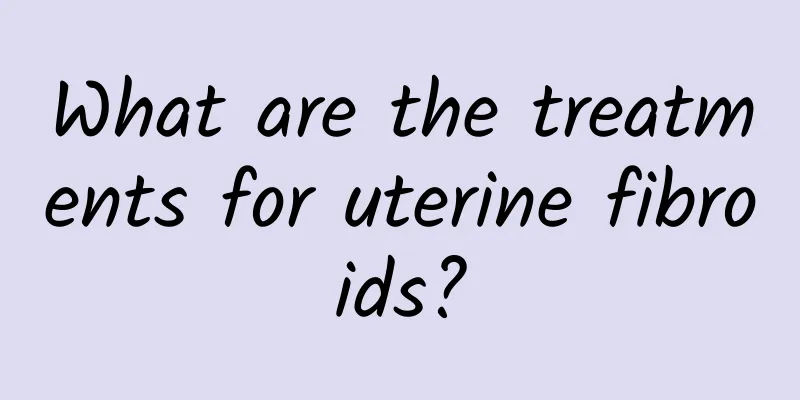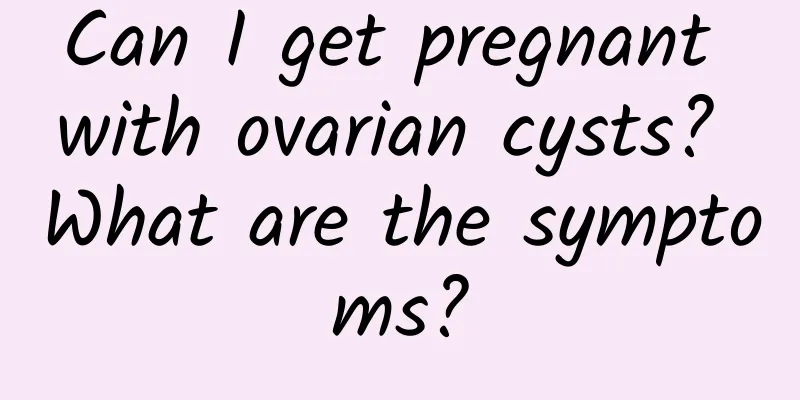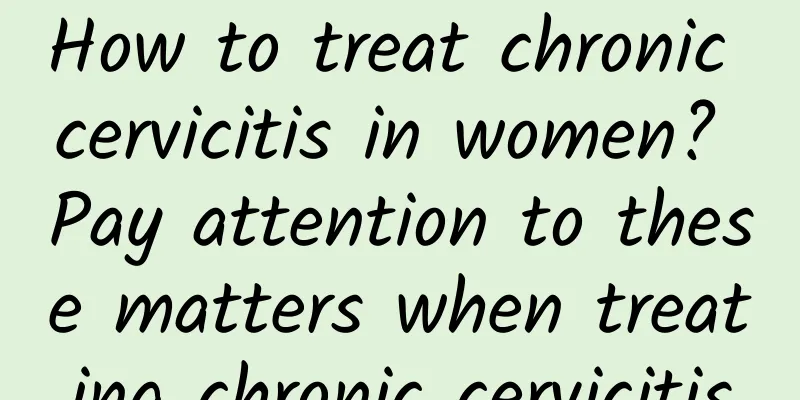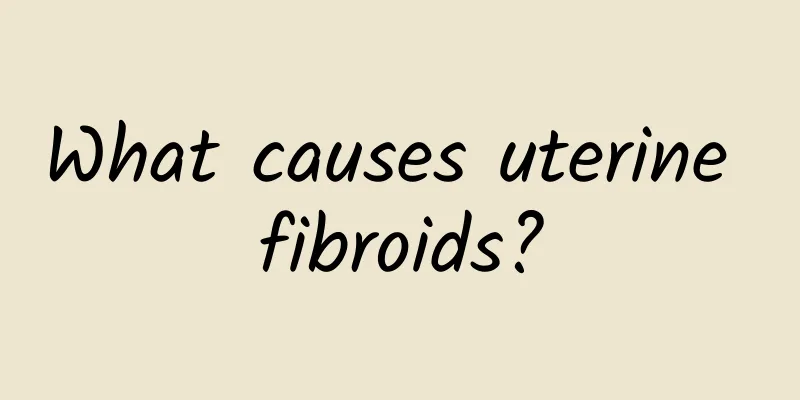Will multiple uterine fibroids cause infertility? Will multiple uterine fibroids cause miscarriage?
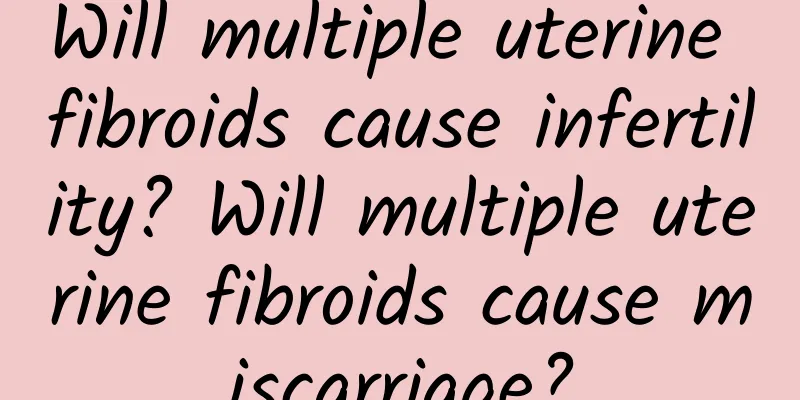
|
Uterine fibroids are the most common tumors in the female reproductive organs, with a high incidence rate of about 30% in women aged 30 to 50, and an infertility incidence rate of 25% to 35%, which is becoming younger. Currently, the cause of uterine fibroids is still unclear. Uterine fibroids increase the area of the endometrium, hinder uterine contraction, affect blood circulation, and cause endometrial congestion, so the most typical symptom is excessive menstruation. Uterine fibroids can also cause increased leucorrhea, pus-like, and accompanied by a peculiar smell. In addition, some larger fibroids can be felt. In the morning, lie flat on the bed with an empty stomach, bend your legs slightly, and relax your abdomen. Press with your hands to find larger lumps. What are the hazards of multiple uterine fibroids? Gynecological experts introduced and analyzed the hazards of multiple uterine fibroids in detail: First, it causes pain, which manifests as lower limb edema or neuralgia, lower abdomen and back pain. Second, increased vaginal discharge. If the pelvic cavity is congested, endometrial edema will also cause increased vaginal discharge. Submucosal fibroids produce a large amount of bloody or odorous vaginal discharge. 3. Infertility. Experts say that submucosal fibroids can easily infect the endometrium, which is not conducive to the implantation of fertilized eggs. Giant multiple uterine fibroids can easily squeeze the interstitial part of the fallopian tube, blocking the passage of sperm. Uterine fibroids can expand the muscle wall or endometrial vein congestion, change the intrauterine environment, which is not conducive to the implantation of fertilized eggs and lead to infertility. 4. Miscarriage and dystocia. The incidence of miscarriage in pregnant women with uterine fibroids is 2 to 3 times that of pregnant women without uterine fibroids, and it is usually an incomplete miscarriage. During the delivery process, the fibroids affect the normal contraction of the uterus, and the delivery process can be prolonged; fibroids embedded in the pelvic cavity can block the birth canal and cause dystocia. , Experts remind: Multiple uterine fibroids are very harmful to the human body and have many complications. If not treated in time, the consequences will be very serious. Uterine fibroids must be treated in a regular hospital. |
>>: Treatment of multiple uterine fibroids How to use medication for multiple uterine fibroids
Recommend
How should women take care of themselves if they have chronic cervicitis?
How should women take care of themselves when the...
Drug curettage can treat anovulatory functional uterine bleeding
Anovulatory functional uterine bleeding refers to...
What are the causes of irregular menstruation in women? How to treat irregular menstruation in women
Irregular menstruation is a common problem for ma...
Can taking folic acid supplements one year before pregnancy prevent miscarriage?
A recent study in the United States found that wo...
Principles of treatment of idiopathic hyperprolactinemia
Idiopathic hyperprolactinemia refers to elevated ...
Lose weight after the New Year with this! Drinking water before meals helps lose weight
To lose weight after the New Year, seize the 30-d...
Can I eat salad dressing if I have ovarian cyst?
Patients with ovarian cysts can eat salad dressin...
What are the symptoms of cervical cyst in early pregnancy
What are the symptoms of cervical cyst in early p...
Can HCG detect ectopic pregnancy?
Can hcg detect ectopic pregnancy? Ectopic pregnan...
What is the cause of immune habitual miscarriage? Most people don't know the cause
There are many different reasons for the occurren...
168 Fasting for weight loss is unbearable and hunger is easy to fail? Nutritionist: Easily win with the "Reduced Sugar 433 Plate"
There are hundreds of ways to lose weight. Many p...
Eat grapes to resist cold and lose weight! Calorie comparison between red grapes, purple grapes and green grapes
Although it is the beginning of spring, we are hi...
Smoking and drinking are important measures to prevent ectopic pregnancy
The cause of ectopic pregnancy is largely related...
Four causes of vulvar leukoplakia
Vulvar leukoplakia is a common gynecological dise...
Ultrasonic diagnosis of threatened abortion
Some small stretching movements or emotional inst...

